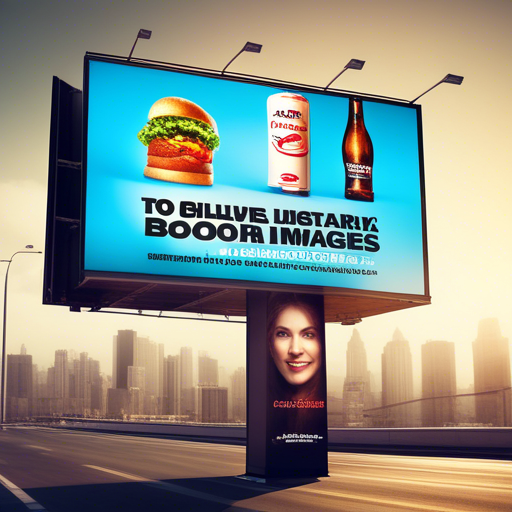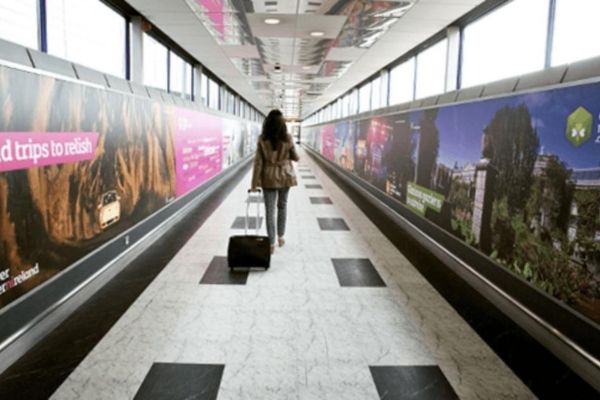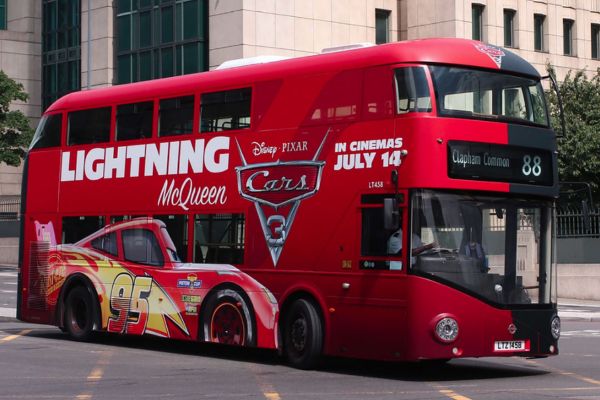- Blogs
- Influencer marketing
- Contact Us
- About Us
- News & Media
- FAQs
Dynamic Billboard Advertising: The Latest Trends in a Changing Landscape
The billboard advertising industry is undergoing a significant transformation, with digital and interactive billboards leading the charge. This evolution is driven by technological advancements, changing consumer behaviors, and the need for more engaging and measurable advertising solutions. The latest trends in billboard advertising reflect a shift towards dynamic, data-driven, and experiential advertising, offering new opportunities for brands to connect with their audiences.
abhishek 🕑 07/03/25 4

1. The Rise of Digital Billboards
Digital billboards, with their high-resolution displays and ability to rotate ads, have become a popular choice for advertisers. They offer several advantages over traditional static billboards, including the ability to update ads instantly, display multiple ads in a single location, and even play videos or animations. This flexibility makes digital billboards a powerful tool for marketers looking to reach a wide audience with dynamic and engaging content. Moreover, digital billboards can be integrated with other digital platforms, such as social media, to create a seamless and immersive advertising experience.
2. Interactive Billboards
Interactive billboards are taking billboard advertising to the next level by engaging audiences in real-time. These billboards use motion sensors, touchscreens, or even facial recognition technology to interact with passersby. For instance, a billboard might display a game that pedestrians can play, or it might change its content based on the demographic of the person looking at it. This level of interactivity not only grabs attention but also creates a memorable and positive brand experience, increasing the likelihood of consumer engagement and recall.
3. Data-Driven Billboard Advertising
The integration of data analytics in billboard advertising is a significant trend. Advertisers can now use data to target specific audiences, track the effectiveness of their campaigns, and make informed decisions about their advertising strategies. For example, billboards can be placed in locations with high foot traffic, and ads can be timed to coincide with peak viewing hours. Additionally, data from digital billboards can be used to measure ad performance, providing valuable insights into consumer behavior and preferences.
4. Experiential Billboard Advertising
Experiential billboard advertising is about creating immersive and memorable experiences for consumers. This can involve using augmented reality (AR) or virtual reality (VR) technology to create interactive and engaging ads. For instance, a billboard might use AR to overlay digital content onto the real world, allowing passersby to interact with the ad in a unique and innovative way. This type of advertising not only captures attention but also creates a lasting impression on consumers, increasing brand awareness and loyalty.
5. The Future of Billboard Advertising
Looking ahead, the future of billboard advertising is likely to be even more dynamic and interactive. Advancements in AI and machine learning could enable billboards to adapt their content in real-time based on viewer demographics, weather conditions, or even current events. Additionally, the integration of 5G technology could enable more advanced and interactive billboard experiences, such as real-time video streaming or AR/VR experiences. As technology continues to evolve, so too will the possibilities for billboard advertising, offering exciting new opportunities for brands to connect with their audiences.




